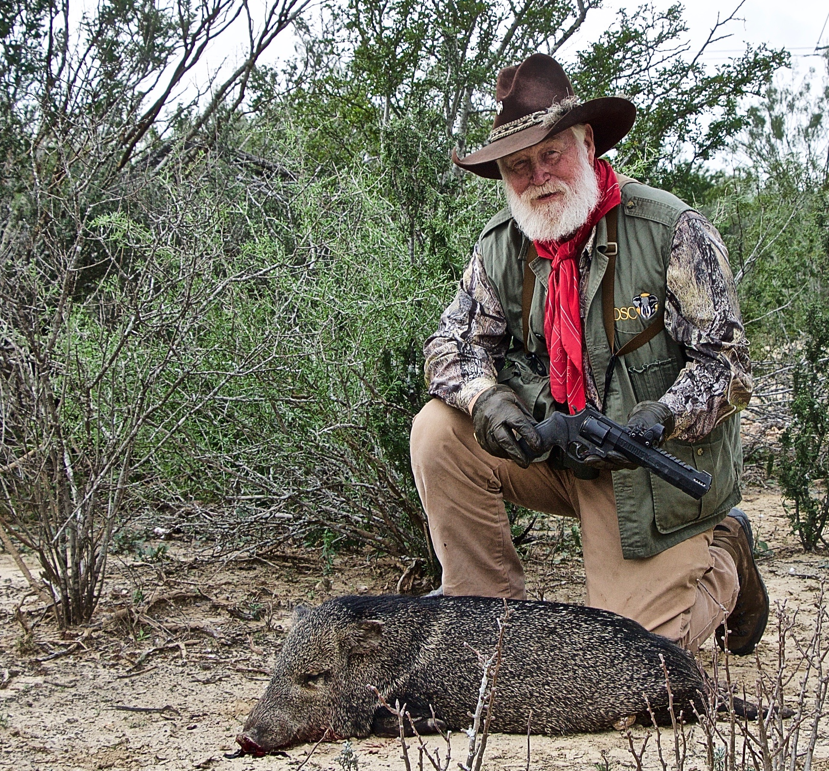On August 2, the largest elephant translocation in Malawi’s history was completed. Since the beginning phase in July 2016, 520 elephants were moved 375 miles with a goal of alleviating conflict and pressure in an overpopulated area and reintroducing elephants in an area where the population had been decimated by poachers.
African Parks, the organization that manages national parks throughout Africa, moved the elephants from Liwonde National Park and Majete Wildlife Reserve to Nkhotakota Wildlife Reserve in two phases, along with over a thousand other game animals. Over the last year, signs of a successful move have already surfaced.
Liwonde National Park, the park where the elephants were moved from, has not faced a human or elephant fatality since the initiative began. Offspring from the first phase of translocation have already been documented in the new park as well. Economically, the move has increased tourism in the restored park, which has been beneficial for the surrounding communities.
After the move, the elephants will still be managed by African Parks to ensure the best conservation practices are observed. Even with careful planning, predicting animal behavior can be difficult. For example, brown bears were reintroduced near the Spain-France border around 20 years ago, and officials are still trying to find the right population number to coincide with human population growth. A farmer is seeking compensation in Spain for the loss of over 200 sheep that occurred in one incident when the animals attempted to flee an attacking brown bear by jumping off a 650-foot cliff.
Sources: African Parks and RTN, local Spanish newspaper



